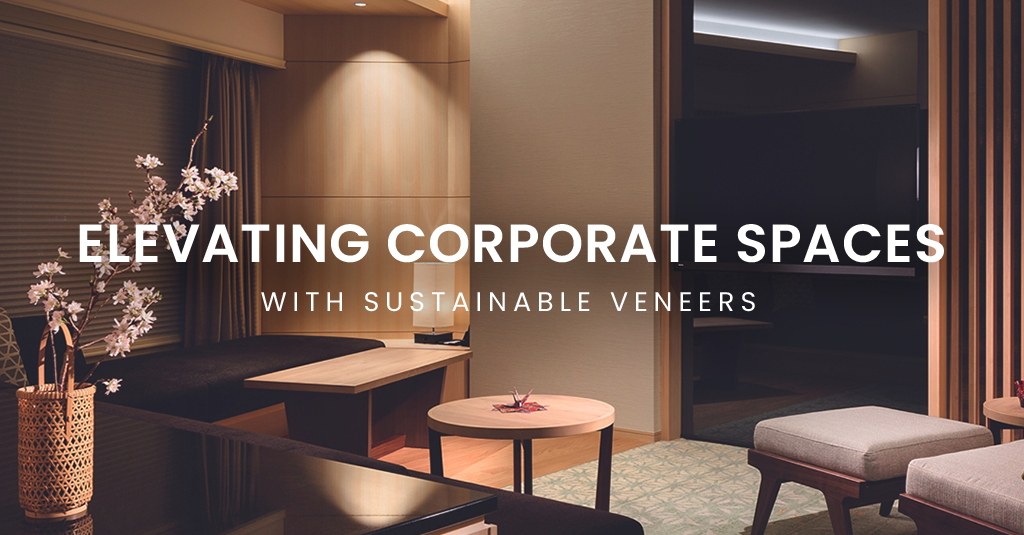
Japanese Cypress, which as its name suggests, is native to Japan and eastern Asia, is a part of the conifer and cypress families. It grows slowly but can reach up to 35 meters or 120 feet tall and several feet in diameter. All parts of this wood can be used, including its wood, roots, twigs, needles, leaves, and oil. Prized in its native Japan for its sweet citrus-like scent, the Japanese Cypress produces a rich, high-quality wood that can last many centuries with care. It is a beautiful addition to any office or corporate space.
The Japanese Cypress Tree
This naturally beautiful wood enhances walls, cabinetry, reception desks, and more. It is versatile and easy to incorporate into popular design schemes with a soft, pretty color, a sleek wood grain, and a durable finish.
While native to Asia, the species has been brought to North America, where it flourishes. It’s perhaps best known for its use in incense and natural oils, but its wood has a long history of versatile use in everything from temples and other structures to bathtubs and cutlery. The color of the wood is a light brownish pink, and it has a vibrant, straight grain. Japanese Cypress is resistant to rot and stable when dry, maintaining natural moisture levels easily. Strong and durable, with its density increasing for decades even after cutting, it is moderately hard and easy to process.
At Jacaranda, we typically offer Japanese Cypress Quarter Cut to best display the natural beauty of this fine wood. To create a quarter-cut veneer, we cut logs into four quarters at a radial angle. The growth rings intersect the board, and with Japanese cypress, you’ll see smooth, fine, straight lines moving down the wood. Once the log is cut into wafer-thin slices of veneer, it will be bonded to a strong backing. The new veneer can be used in many ways, including to craft cabinetry, millwork, or wallcoverings.
Eco-Friendly Products for Modern Spaces
We’ve perfected our veneer crafting process, enabling us to get three times as much veneer from each log we use. This not only reduces the amount of wood we need and thus the number of trees that must be cut but also helps manage costs. We’re committed to the environment, and we incorporate eco-friendly techniques into our veneer-making process at each stage. We use plantation-grown trees that are planted specifically for veneer, and use sustainable harvesting techniques when harvesting in forests, using enhanced woods as needed to protect supplies of rare or exotic woods for future generations.
Our commitment to eco-friendly products and services continues with our manufacturing techniques. We add no formaldehyde, and our veneers are VOC-compliant. They are Class A fire-rated and corner burn-tested. Furthermore, we are members of the Forest Stewardship Council and the U.S. Green Building Council, and our products carry environmentally friendly symbols indicating how and where we obtained the wood. Contact us today to find out more or to schedule an appointment with our team.


